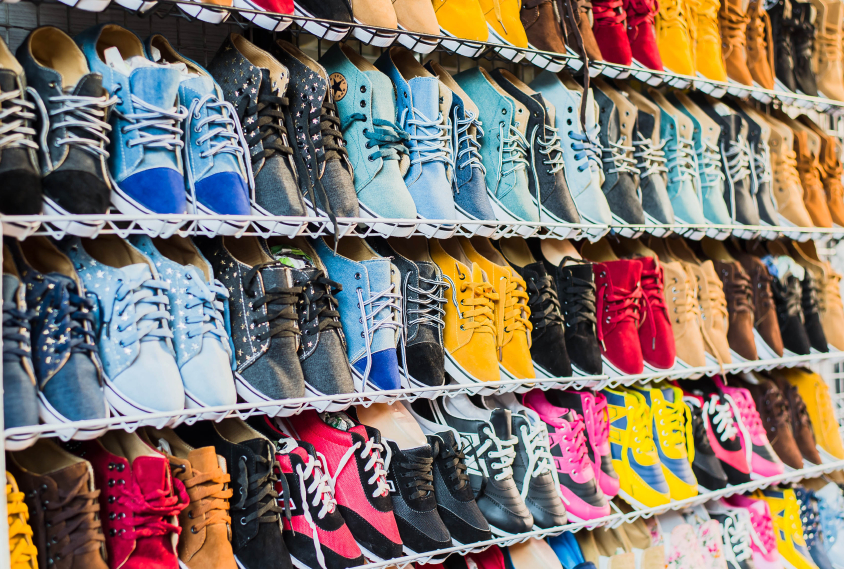Twenty-seven years after they made their make-believe Hollywood debut in “Back to the Future II,” self-tying shoes are now a reality. Nike announced in early March its HyperAdapt 1.0, a high-tech shoes with self-tying power laces.
Nike hasn’t announced pricing yet, but plans to make the shoes available in time for the holidays. The shoes tighten around your foot as soon as your heel trips a sensor inside. It also has two buttons that let you tighten or loosen as comfort demands. When it’s time to step out of them, merely press a button for a two-count and you’re free as a bird.
Now, the gee-wiz factor on these shoes is off the charts, but your feet are unlikely to give a flux capacitor’s gigawatt of a darn. All your feet care about are good, proper-fitting shoes that don’t land them in a bucket of hot water at day’s end or worse.
It’s important to figure out what traits in a shoe you need. Orthopaedists, who treat plenty of patients who chose their footwear poorly, offer up several tips via the American Academy of Orthopaedic Surgeons. Some of the top tips include:
Know your over/under. Do you overpronate or under? Knowing which could be the difference between a good fit or not. Overpronating is when your feet roll inward when you walk. That tends to happen to people with bad arches or flat feet. If you underpronate, your foot rolls outward. It’s easy to figure out which you are, or if you’re neither. Look at the shoes you’re wearing now to see where the sole is worn. If that doesn’t provide an answer, many shoe stores and pharmacies have kiosks that can tell you if you need corrective orthotics.
Size does matter. Just because you’ve been wearing a size 12- ½ since high school doesn’t mean you still should be. Feet do continue to grow with age, so the AAOS suggests getting a professional to measure your shoe size at least once a year. You don’t want shoes that are too tight. In fact, they should be a little large allowing you to wiggle your toes freely with your shoes on.
The right tool for the job. Different shoes are designed for different jobs. Running shoes, for example, are light and more flexible which isn’t the best shoe for playing tennis or other stop-and-start sports, for example. Heavier walking shoes will feel like a ton if you try to run in them. If you need a running shoe, buy running shoes. If you want a walking shoes, buy a walking shoe.
Know when to pull the plug. They may be your favorites, but know when your shoes have had enough. Experts say when the heel of the sole is worn, or when you can feel a difference in the quality of support and traction the shoes provide, it’s time to send them to Hush Puppy Heaven.

